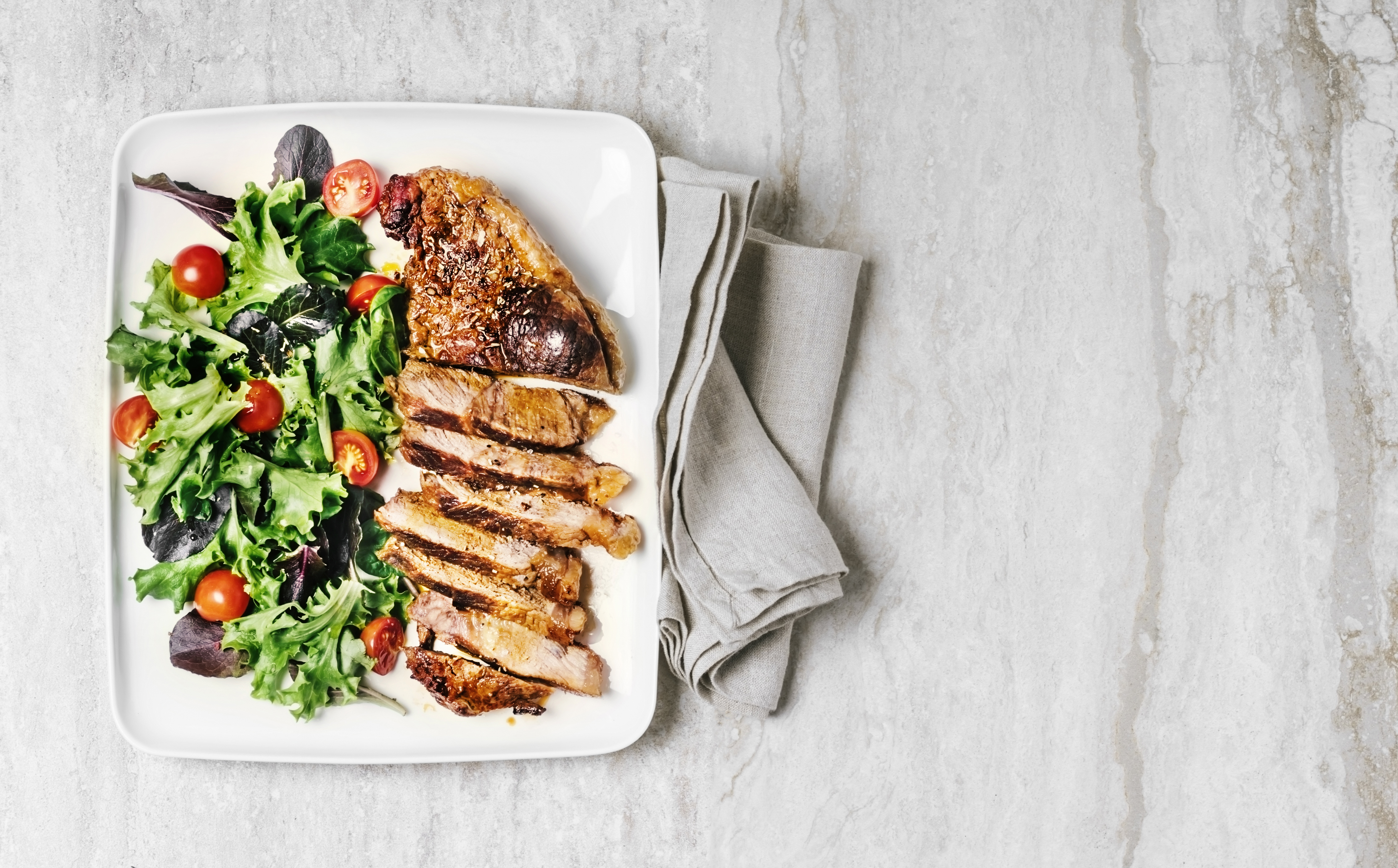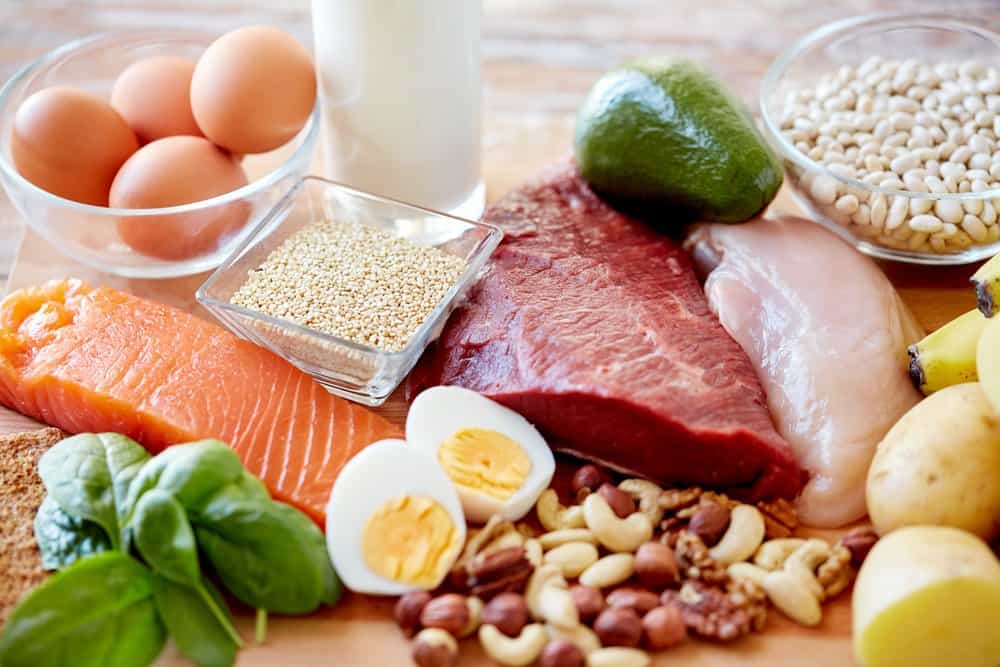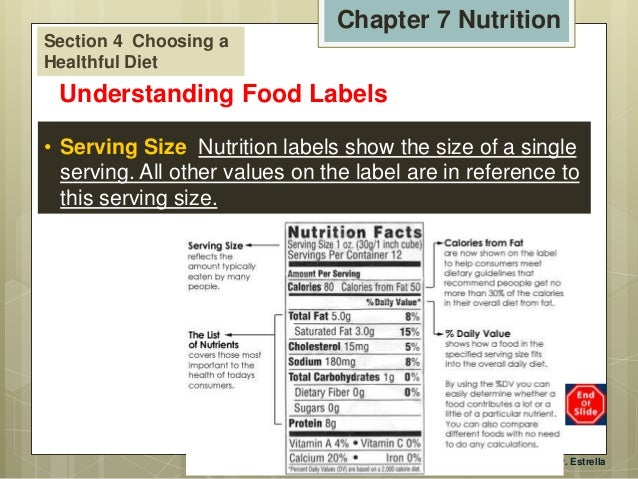The RDA for protein is 10 gramkilogram of body weight. The total number of calories consumed in the form of proteins should not exceed 30 to 35 of total daily calories c.
Weight loss should be gradual at approximately 0520 lbwk 1 which equals a net negative energy balance of 2501000 calories per day.
Protein for adolescent athletes should not exceed 35 of calories. Good sources of protein include poultry lean meat seafood eggs nuts soy legumes and low-fat and nonfat dairy products. 02042013 One gram of protein provides four kilocalories of energy. The RDA for protein is 10 gramkilogram of body weight.
Female athletes should not consume less than 12001400 calories per day. 21072020 Young athletes need slightly more protein than their peers who arent athletes. Protein needs are based on age sex body weight and stage of development with teens needing between 10 to 30 of their daily calories from protein.
15082020 If you exceed your protein requirements that becomes a caloric excess. Both protein and carbohydrate are important for recovery after training and competition. The percentage of daily calories from protein should be approximately 10 to 30 of total calories.
Fluids are very important for maintaining hydration and should be consumed before during and after athletic events to prevent dehydration. For muscle injury and repair the. 1819 Rehydration from exercise may also be impaired during intermittent fasting.
Lean meat poultry fish and soybeans have 20 to 25 grams of protein in a 3-ounce serving. About 15-25 of a teens calories should come from protein. For optimal recovery from exercise athletes should consume carbohydrate and protein within 60 minutes after exercise.
Protein requirements are between 13-18g per kg per day and athletes should adopt eating patterns that provide a regular spread of high quality protein sources over the day. For perspective female teen athletes need roughly 2200-3000 calories and male teen athletes need roughly 3000-4000 calories per day depending upon the individual and sport. 16 Excess protein intake is associated with an increase in production of.
The remainder of calories should be provided by carbohydrates and fat. 113 Even the 95th percentile of protein intake for US adults doesnt come close to the highest acceptable macronutrient distribution range for protein at 35 of total calories14 Higher intakes of high-quality protein recommended for athletes would. If your protein does not exceed 35 percent of your calories then the rest of your diet should supply enough carbs and fats to support the protein-sparing effect.
1520 of total calories should come from protein. Protein should comprise approximately 10 to 30 of total energy intake for four- to 18-year-olds. Even professional football players can become overweight from eating too much protein as excess calories are always going to be converted into body fat.
Timing of food consumption is important to optimize performance. Male athletes should not consume less than 15001700 calories. Consider the duration and intensity of the exercise sessions to help guide intake.
In 2002 the Institute of Medicine established the RDA of carbohydrates for adults and children as 130 gd which is based on the amount needed to supply the brain with adequate glucose. 27122018 Protein is essential to help build repair and maintain muscle mass in teenage athletes. Teens need protein for growth and repair as well as to build muscle.
The total number of calories consumed in the form of proteins should not exceed 30 to 35 of total daily calories. Most sources of complete protein also contain animal fat and therein lies the issue. The average protein intake in the United States of 15 of total calories is well within the acceptable macronutrient distribution range but well below recommended intakes for most athletes.
02042013 An ideal diet comprises 45 to 65 carbohydrates 10 to 30 protein and 25 to 35 fat. 19042017 An adult athletes diet should typically be made up of 60 to 65 carbohydrates whereas an adolescent athletes diet should contain 55 to 60. Good sources of protein include lean meat and poultry fish eggs dairy products beans and nuts including peanuts.
In the first 2 to 4 hours after workout muscles are able to store glycogen more readily while the introduction of protein switches the body from muscle breakdown to synthesis. Many of the athletes I work with need to consume close to 6500 calories due to training load volume intensity and their general day-to-day activity says Wendi_Irlbeck. 01062013 One study that has investigated the nutritional profiles of adolescent male tennis players aged 14- 18 yrs reported estimated total energy intake to be 1242 MJ 2967 kcal and found that 63 of the athletes consumed 15 gkg-1 d-1 protein 33 consumed 10-15 gkg-1 d-1 and only 4 consumed 1 gkg-1 d-1 Juzwiak 2008.
Young athletes often meet their protein needs by following the recommendation of the US. 0812 gkgday derived from whole food sources. Department of Agriculture and getting 15 percent of their daily calories from protein.
According to Todays Dietitian young athletes usually need 1 to 15 grams of protein per kilogramor about 045 to 068 gram per poundof body weight each day.

Light Digest Whey Protein White Chocolate 500 G

Pdf Amino Acid Composition Of Protein Enriched Dried Pasta Is It Suitable For A Low Carb Diet

Minimum Calorie Intake For A Teenage Girl

Light Digest Whey Protein White Chocolate 500 G

Pdf Dietary Intake Of Competitive Bodybuilders

How Much Protein Should I Eat In A Day
Https Www Wwhealth Org Wp Content Uploads 2016 05 C Nutrition 2018 Pdf

Solgar Whey To Go Natural Vanilla Flavour Protein Powder 340 G Amazon Co Uk Health Personal Care


0 comments:
Post a Comment